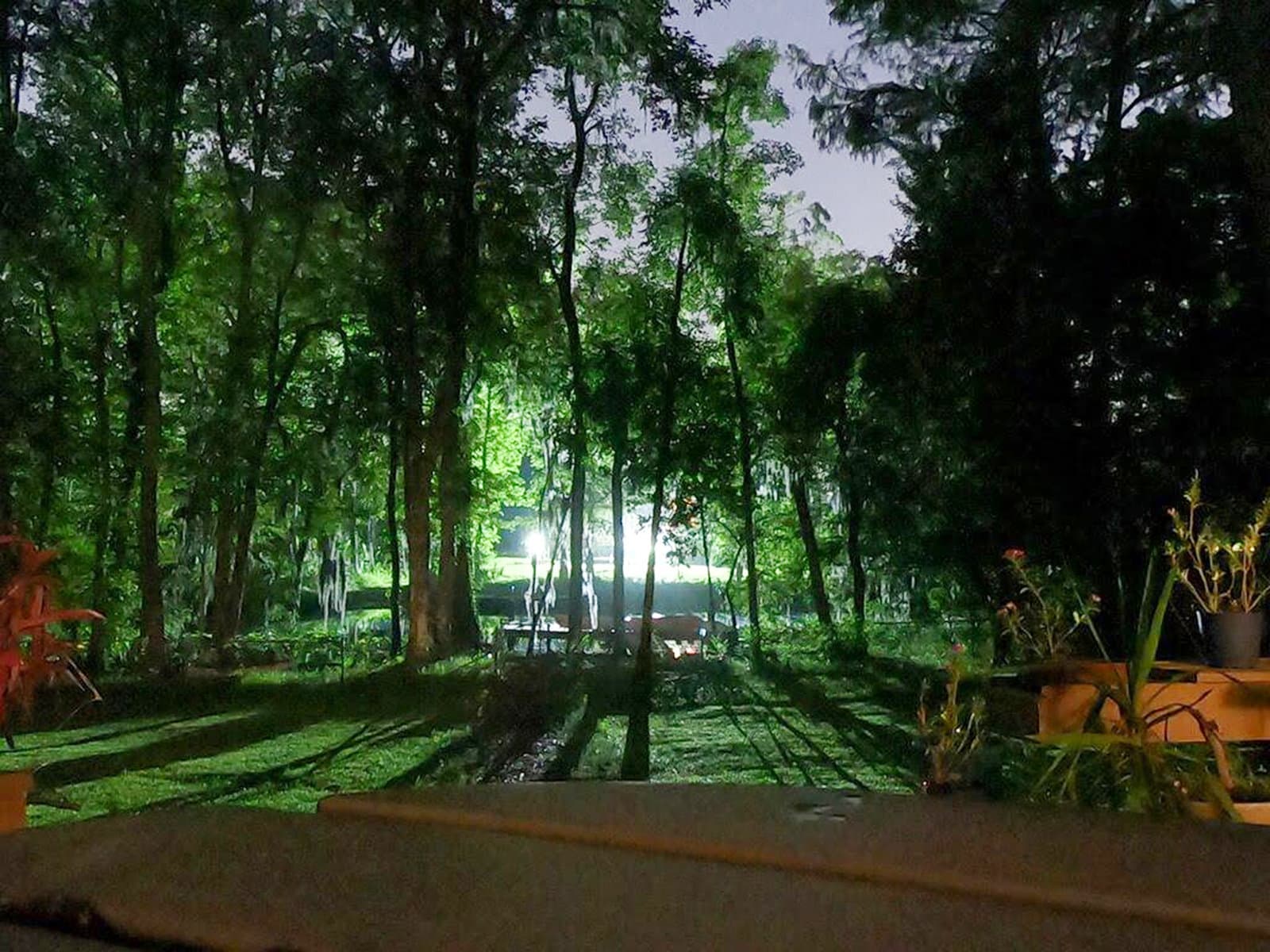Recently, I found it necessary to acquire a large number of lights – various styles of bulbs and fixtures – for one of my projects.
I had LED units but unfortunately, didn’t anticipate the challenge of sourcing units that emit light in what might be described as a “healthy” colour: without any harsh or intrusive glare.
To start, we should probably put some simple technical definitions around electric lights.
First, the total quantity of visible light, or intensity, of any given light bulb, LED or otherwise, is measured in lumens.
For context, a standard 100-watt incandescent bulb, such as most of us grew up with, emits approximately 1,600 lumens. A standard 150-watt incandescent floodlight, like those which used to light our driveways, puts out about 2,650 lumens.
As I’m sure most know, due to the technology inherent in LED light sources, a bulb that produces a 1,600-lumen equivalent of the 100-watt incandescent actually uses approximately 15 watts.
To put this in perspective, an LED floodlight that used 100 watts would produce approximately 18,000 lumens – or just under seven times more intensity of light than the old 150-watt incandescent floodlight.
Bluntly, 18,000 lumens would not only light your driveway but those of all your neighbours as well.
Next is the issue of colour temperature, measured in kelvin (K). Simply put, lower kelvin-scaled bulbs – our incandescent bulb averages around 2,650K – produce a warm orange to yellow-white colour.
A 3,500K bulb loses any yellow hue shifting to neutral white light with a touch of blue such as one would typically experience under a fluorescent fixture.
Turning up a few notches to 5,000K, the light colour becomes a harsh and penetrating blue-white best reserved for task or industrial security lighting.
In my experience, the 2,000K to 3,000K bulb is the most comforting and appropriate in the majority of applications, and the distinct preference for most people.
In my own house, the vast majority of bulbs are 2,650K. The lights in my garage, shop and exterior floods are in the 3,000K to 4,000K range and I only have one portable task light that operates at 5,000K.
It only adds to our confusion that marketing folks have labelled the LED bulbs as “warm white” (2,000K to 3,000K), cool white (3,000K to 4,000K) and “daylight” in the 4,000K to 5,000K range. Apparently, someone forgot to tell them about the filtering effects several miles of atmosphere have on sunlight.
This brings us to the question of light pollution and the impacts of high-kelvin (blue-white) lighting on human health.
Light pollution is the careless installation of lighting that exceeds the specific requirements of its intended function and trespasses into neighbouring properties or areas, or excessive production of light that interferes with the general enjoyment of outdoor spaces for those living near or around the source of light (think of our earlier example of the 100-watt LED floodlight).
Light pollution can compromise safety (blue-white light actually reduces, particularly for seniors, visual acuity), disturb or confuse wildlife, create disturbances in natural biorhythms of day and night and affect the appearance of a community.
This type of pollution has been divided into three categories: “sky glow,” the brightening of the night sky that impedes a view of the stars; “light trespass,” when light spills into an area where is it neither wanted nor needed; and, “glare,” an adverse visual sensation caused by excessive or uncontrolled brightness.
All three categories have general negative repercussions on the community and the ecosystem.
Speaking of negative impacts, there have been multiple academic studies published that clearly show the detrimental effects of high kelvin (blue-white) light on human health.
Melatonin is a compound that adjusts our biological clock by regulating the cycle of circadian rhythms and is known for its anti-oxidant and anti-cancerous properties.
One study from a university in Israel has conclusively shown high-kelvin light suppresses melatonin five times more than exposure to the light of low-kelvin (orange-yellow) light.
In an article from Lighting Newswire, professor Mariana Figueiro at Rensselaer Polytechnic Institute near Albany, N.Y., states, “Confused or disrupted circadian rhythms lead to poor sleep, which has been linked to a nasty array of diseases, including obesity, diabetes, heart disease and a number of cancers.”
Further, she writes, “It’s been shown in animal models that melatonin has a protective effect against growth rates of tumours.”
Another series of studies has shown that prolonged exposure to high kelvin light produces toxic stress on the retina causing permanent structural and functional damage and loss of visual performance. They note that deterioration in retinal function is directly related to light intensity.
The American Medical Association’s 2016 report, “Human and Environmental Effects of Light Emitting Diode Community Lighting,” recommendations for the design and engineering of LED lighting.
These included requiring properly shielded outdoor lighting, considering adaptive controls that can dim or extinguish light at night and limiting the correlated colour temperature of outdoor lighting to 3,000K or lower.
Nationally and internationally, many American towns and cities have responded to this issue with a comprehensive lighting bylaw to protect their communities from both lighting pollution and human health concerns.
Perhaps it is time for our council to consider doing the same.
That said, why would you use high-kelvin lighting either in the house or outside the house? And, why light up your neighbourhood with high-intensity exterior lighting? By not doing so, you can save money and be a good neighbour, too.
Brian Marshall is a NOTL realtor, author and expert consultant on architectural design, restoration and heritage.








